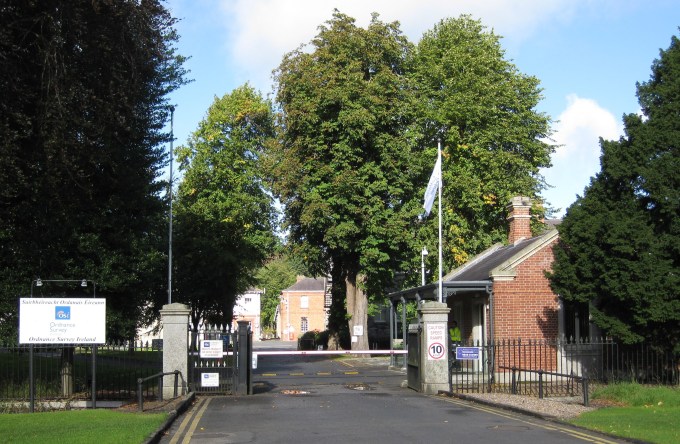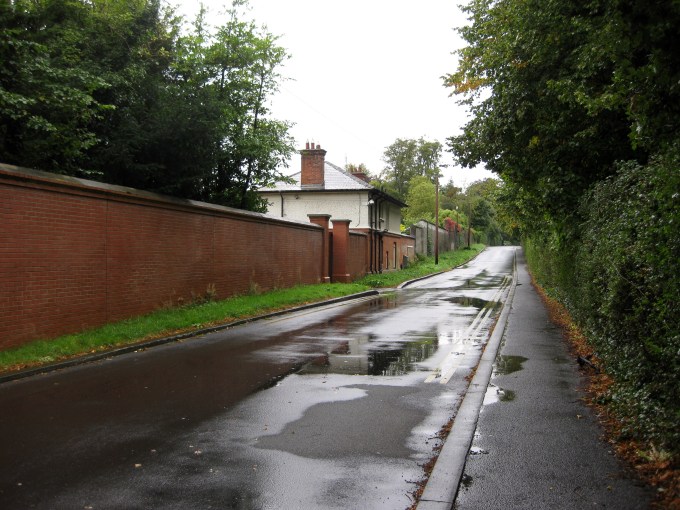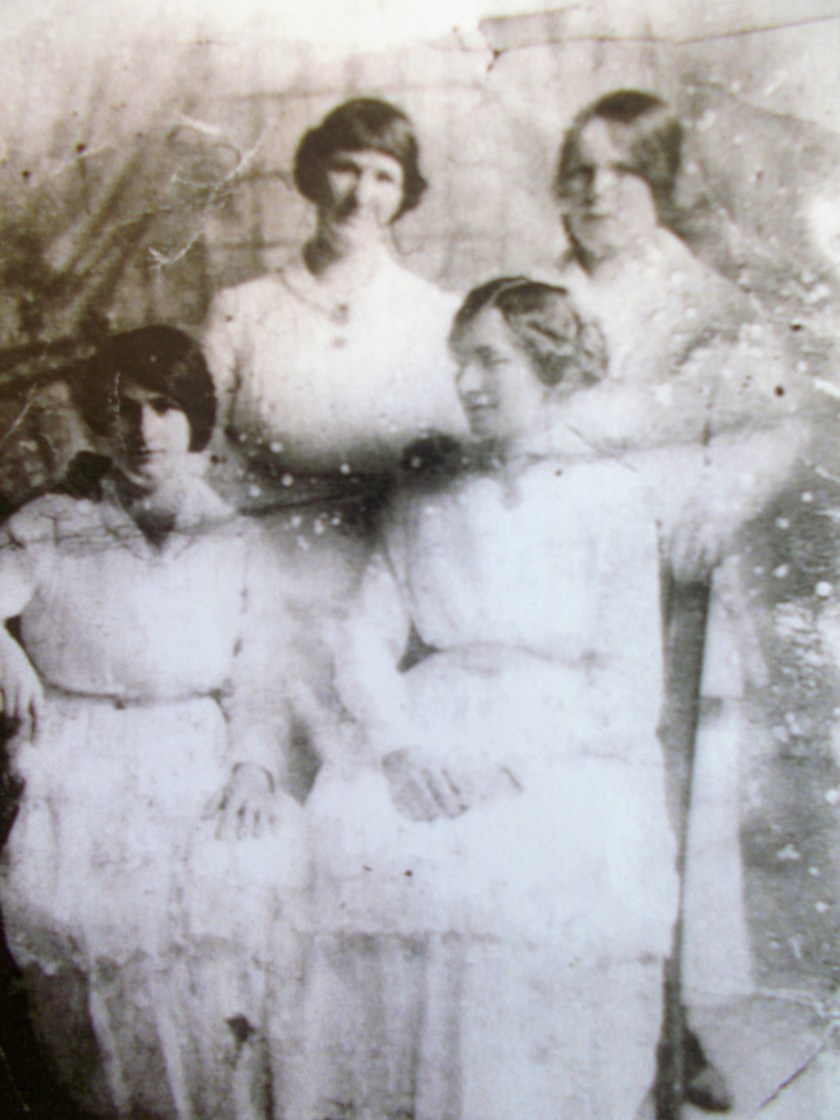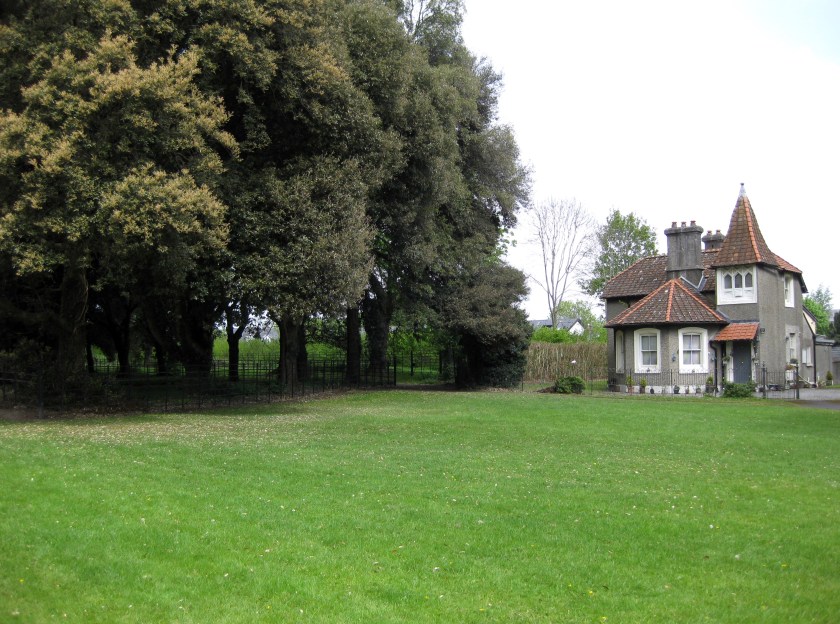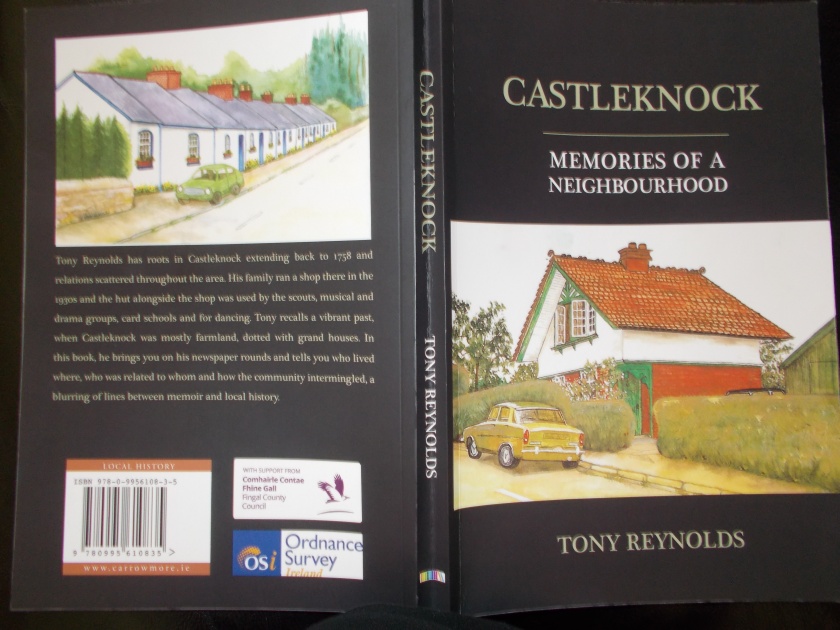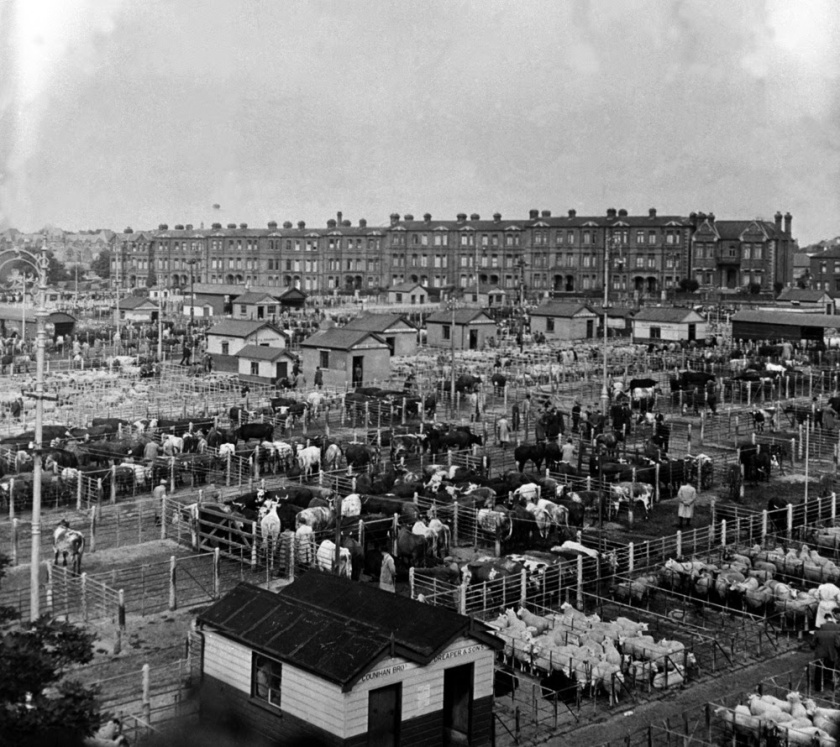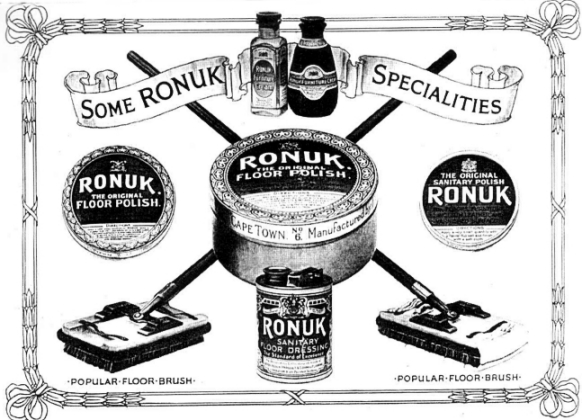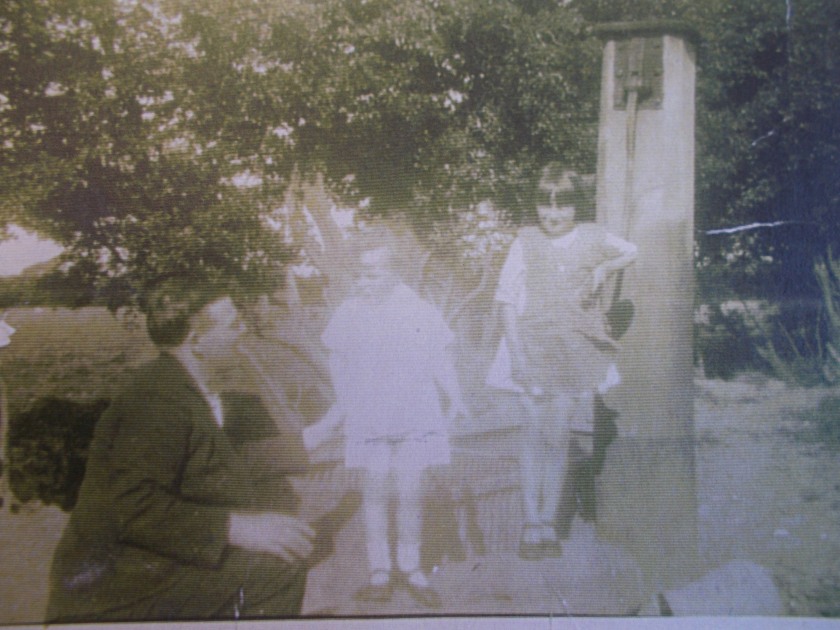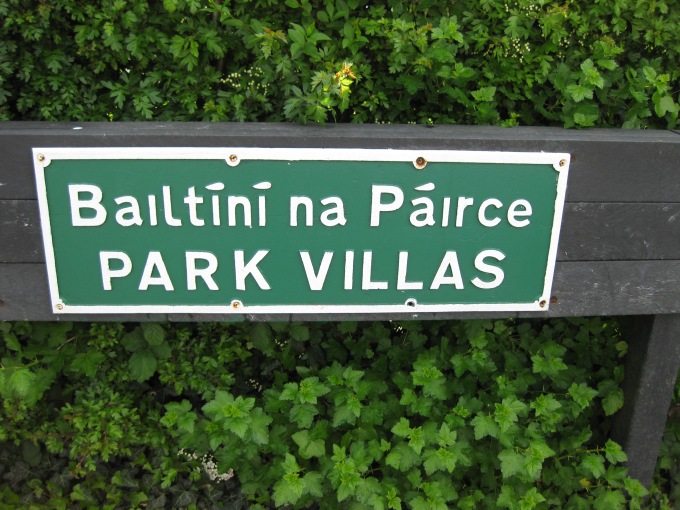 According to a number of accounts by children who contributed to the Schools Folklore Collection (duchas.ie) back in 1937, Peck’s Lane takes its name from a former resident – Colonel Peck – see below for extracts from these accounts.
According to a number of accounts by children who contributed to the Schools Folklore Collection (duchas.ie) back in 1937, Peck’s Lane takes its name from a former resident – Colonel Peck – see below for extracts from these accounts.
Park Villas comprised several rows of artisan houses built along Peck’s Lane in the 1920s for ex-British soldiers. The houses have a distinctive dormer style with a red lattice pattern roof. They usually had four rooms and a scullery, with a front garden and generous rear gardens, for growing vegetables. These ex-army houses were built in small pockets countrywide, usually in blocks of four or six in urban areas and either semi-detached or detached in rural areas. This housing stock was managed by a Trust until the 1950s, when they were offered for sale to the tenants. These ex-army style houses are still recognisable today, despite extensions and alterations. All bar one of the gardens in Park Villas now accommodate new houses.

Park Villas, Peck’s Lane. The last house with its garden site cleared for development.
A large number of families lived in Park Villas. Some who come to mind are the Forans, the Dempseys, the Purcells, the Byrnes, the Walkers, the Caseleys, the Kellys, the Hills, the Spaines, the Harfords and the Christians, among many others. Many of the children from Peck’s Lane were at school in Castleknock – some made contributions to the already mentioned Schools Folklore Collection.
My father’s best man was Jimmy Christian, originally from Blackhorse Lane, as we called it. Jimmy moved to Peck’s Lane after he married. Jimmy’s son, Tommy Christian, was a friend of mine from the scouts and went to my school. When I was about fourteen, one of Tommy’s sisters arrived over at my house on her bike with a jumper she had knitted. I presumed she had knit it for Tommy and it didn’t fit.
Across the lane, Jack Fagan, the local meter reader, lived in a bungalow that backed onto fields. He went about his business on a bike, with a thick ledger strapped to the rear carrier. At the far end of Peck’s Lane just at the Navan Road junction was the Seagraves’ imposing farm house. Tessa Seagrave, who had a head of curly hair, was in school with me. Our neighbour, Mickey Harford, was also brought up in Peck’s Lane.
One of my uncles, Tommy Reilly, an ex-British soldier, lived in Park Villas with his wife, Maggie, and my nine Reilly cousins – Tom, Fanny, Peg, Jen, Agnes, Sadie, May, Josie and Nell. The girls were much sought after at local dances, as they were good-looking, great dancers and always dressed to the nines.
Another uncle, Peter Reynolds, also an ex-British soldier, lived in Park Villas with his wife, Margaret (nee Plunkett) and my Reynolds cousins – Tommy, Peter, Kathleen, Peggy and Nora. My uncle Peter had served in World War I and was gassed at Arras in France. Afterwards, he got a job in the Civil Service where he rose in the ranks. Peggy Reynolds and May Reilly were close friends – they were both cousins of mine but not related to each other.
At the junction of Peck’s Lane and Castleknock Road, Hannah Phelan lived in a two storey double-fronted house with fields behind it. What I particularly remember from my childhood is the stuffed squirrel she had on the window ledge over the front door. Nearby, the Clarke family lived for a while in a cottage with its gable end to the road.
——————————————————————————————————————————–
In 1937, schoolchildren around the country were asked to make contributions giving details about their locality, or how people lived – what they ate, cures, ghost stories or folklore, all of which forms the The Schools’ Collection, originals which are held at the National Folklore Collection in UCD.
This extract from Kitty Smith of Park Villas is held under Volume 0791, Page 67.

And here is another extract from the Schools Folklore Collection by Marie Cassidy:

And another contribution from Rita Purcell of Park Villas:

And another contribution from Sheila Byrne of Park Villas:

Another contribution from Rita Purcell of Park Villas:

And another contribution from Peg Reynolds of Park Villas:

Continue reading “Park Villas, Peck’s Lane, Castleknock – Local History Castleknock”

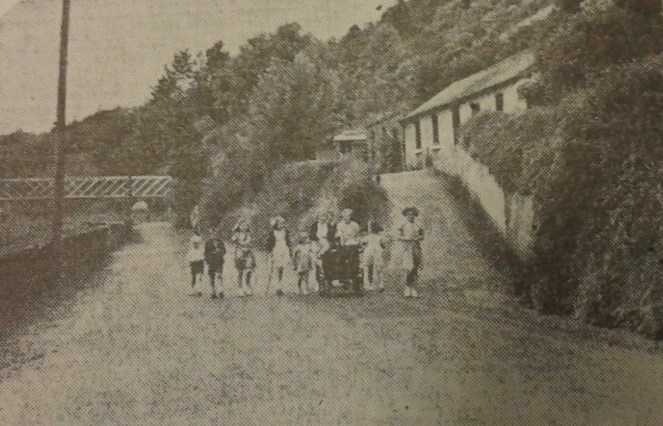 Lower Road, Strawberry Beds.
Lower Road, Strawberry Beds.







